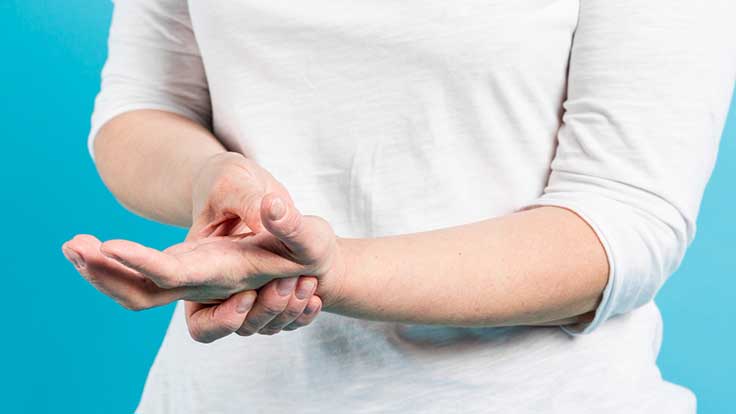Quick Links
For Patients
For Physicians
- Refer a patient to a specialist
- Order labs for patients
- Order radiology for patients
- Order At-Home Services
- Get your practice listed
For Companies

© Copyright 2024 American TelePhysicians. All rights reserved.







Knee pain is a common condition that occurs due to various factors. Four of your bones are involved in making the knee joint. It is one of the major joints of the body, and any structural abnormality or disease can limit the movement of this joint. Problems with your knee joint can restrict the overall movement of one or both legs and can be a debilitating factor for day-to-day routine work. The majority of the cases of knee pain can be treated with symptomatic care, physiotherapy, and medications. In severe cases, surgical options may be the last resort.